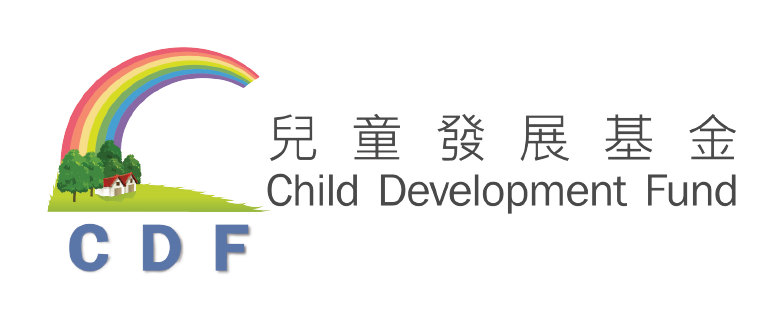

The Institute of Leadership and Management Foundation (ILM) is committed to the support and empowerment of ethnic minority youth through education – primarily the engendering of a growth mindset and design thinking skills as a result of a practice of innovation and entrepreneurship. Youth possess an intimate knowledge of the socio-economic and cultural needs of their respective communities and thus hold unique insights into possible resolutions to community concerns that may not even be considered by anyone else in Hong Kong – and they are more able to deliver in a manner that is sensitive to the community. That’s why ILM has recently undertaken a close working relationship with Ease Education Limited (EEL) and the Indonesian Muslim Association of Hong Kong (IMAH) to collaborate in the implementation of a Child Development Fund (CDF) project across Hong Kong. This cohort in particular is primarily composed of ethnic minority students and families.
Generally, CDF is aimed at local children aged 10-16 from underprivileged families and the project consists of three main components: (1) Targeted Savings (TS), (2) Personal Development Plan (PDP) and (3) Mentorship Scheme (MS). While the TS and MS are quite simple and self-explanatory, the PDP is quite diverse beyond the essential financial literacy training. The project is so flexible in fact, that teaching content can be delivered through any medium – including online. The operating NGO is deemed fit to best cater to its own recruited cohort with regards to appropriacy for the respective socio-economic, educational, and cultural background. ILM has offered its expertise and services for consultation and implementation of the project.
While CDF has been around for more than a decade, due to its reliance on non-government organizations (NGOs) for operations, there has been an unfortunate limitation reducing its impact on the ethnic minorities (EMs) of the city – the projects are usually conducted mostly or entirely in the Cantonese language. There is no inherent discrimination in the process because underprivileged children and families can be (and are) from Chinese backgrounds too. Poverty does not limit itself by ethnicity, so neither should the service provider. However, the ability of a service provider relies on the collective skills, social circle, and marketing ability of its staff – reaching EM youth and ensuring adequate linguistic access (translation of materials & medium of instruction) is a huge challenge. The language barrier is an impediment, though unintentional and unfortunate, towards equitable implementation of many poverty alleviation projects onto EMs – especially the CDF project. In recent years, as the employment of EMs has surged particularly in service-oriented organizations, the gap has remained. The reason is that CDF intends to alleviate the intergenerational poverty of ALL underage citizens in Hong Kong. It is the operational choice of NGOs to balance between different groups. Yet the path of least resistance is the recruitment of Chinese participants only or mainly – since a largely uniform group requires fewer resources for proper education and management compared to an individualized educational path for every single child or multiple interest-oriented groups within a larger diverse group.
